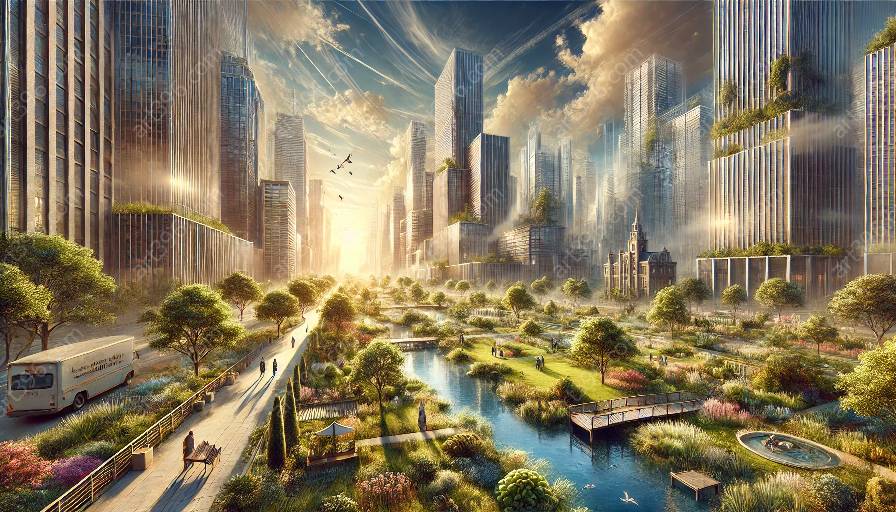Landscape architecture plays a critical role in contributing to sustainability through its focus on designing and creating outdoor spaces that are environmentally friendly, socially responsible, and economically viable. By integrating sustainable design principles into various projects, landscape architects are able to address current environmental challenges, promote healthier ecosystems, and improve the overall quality of life for communities.
The Role of Landscape Architecture in Sustainable Design
Landscape architecture encompasses a multidisciplinary approach that integrates environmental science, design, and social aspects to create outdoor environments that are sustainable and resilient. By considering factors such as land use, natural resources, climate, and biodiversity, landscape architects strive to minimize environmental impact and enhance the ecological integrity of landscapes. Through the application of sustainable design practices, landscape architecture aims to achieve a harmonious balance between built and natural environments, leading to the creation of functional and aesthetically pleasing outdoor spaces.
Environmental Benefits of Sustainable Landscape Architecture
Sustainable landscape architecture offers numerous environmental benefits by mitigating urban heat islands, improving air and water quality, conserving energy, and reducing the overall carbon footprint. Through the use of green infrastructure, such as green roofs, rain gardens, and permeable pavement, landscape architects can manage stormwater runoff, enhance biodiversity, and improve the ecological functionality of urban areas. Moreover, the integration of native plants, sustainable materials, and efficient irrigation systems contributes to the conservation of natural resources and the protection of ecosystems.
Social and Community Impact
Beyond environmental considerations, landscape architecture also has a profound impact on communities and social well-being. Sustainable landscapes provide opportunities for recreation, promote physical and mental health, and foster a sense of place and identity within urban and rural settings. By incorporating accessible and inclusive design elements, such as pedestrian-friendly pathways, public parks, and community gardens, landscape architects play a vital role in creating vibrant and livable spaces that strengthen social connections and enrich the human experience.
Economic Viability and Resilience
From an economic perspective, sustainable landscape architecture contributes to the long-term viability and resilience of development projects. By adopting sustainable practices, such as green infrastructure and low-impact development strategies, landscape architects can help reduce maintenance costs, increase property values, and promote sustainable land use planning. The incorporation of resilient design principles, such as flood mitigation measures and climate-responsive landscapes, further enhances the economic and social sustainability of outdoor environments.
Challenges and Opportunities
While landscape architecture has made significant strides in promoting sustainability, there are ongoing challenges and opportunities that shape the future of the profession. These include addressing climate change effects, integrating technological advancements, fostering community engagement, and advocating for policy changes that support sustainable design practices. Through innovation, collaboration, and education, landscape architecture continues to evolve as a key player in advancing sustainability, shaping resilient landscapes, and inspiring a more sustainable future for generations to come.
Conclusion
Landscape architecture serves as a cornerstone in creating sustainable and resilient environments that benefit both people and the planet. By embracing sustainable design principles, landscape architects contribute to the preservation of natural resources, the enhancement of environmental quality, and the promotion of social well-being. Through the integration of sustainable practices, landscape architecture offers innovative solutions that address contemporary environmental challenges while fostering a deeper connection between communities and their surrounding landscapes.

















































































